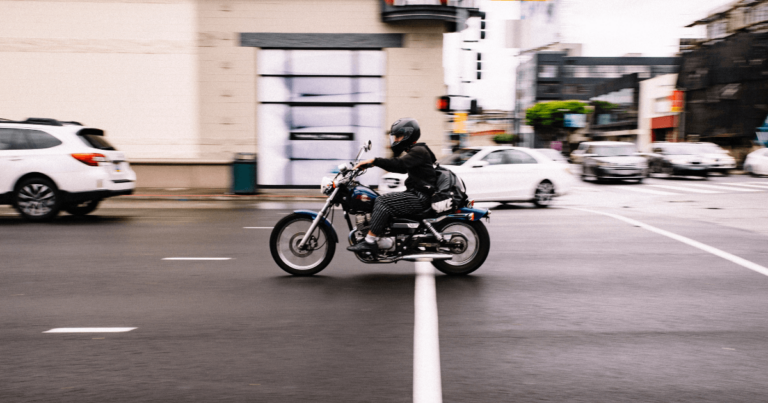
Transporting a motorcycle safely and securely is crucial for motorcycle enthusiasts, dealers, and service providers. Whether you are moving across town or across the country, the right approach to motorcycle transportation can prevent damage and ensure your bike arrives in the same condition it left. This article will provide professional tips on preparing, securing, and transporting your motorcycle safely.
1. Preparation Before Transport
Inspect Your Motorcycle: Start with a thorough inspection of your motorcycle. Document its current state with photos or videos, focusing on any existing scratches or damage. This will help you assess any claims for damages made during transportation.
Check Fluids and Battery: Drain most of the fuel from the tank; a full tank can be a hazard due to fuel expansion and potential leaks. However, leave a small amount (about a quarter of the tank) to help start the motorcycle upon arrival. Check other fluid levels and ensure the battery is securely mounted.
Remove Loose Parts and Accessories: Detach all loose items and accessories that can be easily stolen or lost during transit, such as luggage racks, mirrors, and aftermarket parts. Pack these items separately.
Tire Pressure and Leaks: Ensure the tires are properly inflated according to the manufacturer’s specifications. Check for any leaks in the tire, forks, or other components that may worsen during transport.
2. Choosing the Right Transport Method
Open vs. Enclosed Trailers: Enclosed trailers offer the best protection from weather, dust, and road debris. Although more expensive, they provide a higher security level and are recommended for high-value motorcycles. Open trailers are less costly but expose your bike to the elements and potential road damage.
Professional Transport Services: If you are not comfortable transporting the motorcycle yourself, consider hiring motorcycle movers. Look for companies with good reviews and those offering insurance coverage that meets your needs.
Self-Transporting: If you choose to transport the motorcycle yourself, invest in quality equipment such as a sturdy motorcycle trailer, wheel chocks, and reliable tie-downs.
3. Securing Your Motorcycle
Use Quality Tie-Downs: High-quality straps are crucial for securing the motorcycle. Use soft straps on the handlebars and sturdy ratchet straps attached to solid parts of the bike like the frame or triple trees.
Wheel Chocks and Loading Ramps: Use wheel chocks to stabilize the front wheel. Secure loading ramps to the transporting vehicle to prevent slipping while loading or unloading the motorcycle.
Positioning: The motorcycle should be centered on the trailer or truck bed to maintain balance. If transporting more than one motorcycle, space them out evenly to distribute weight properly.
Securing Points: Tie down the motorcycle at four points — two at the front and two at the back. Make sure the straps form an angle of about 45 degrees and are tightened evenly to keep the motorcycle upright and stable. Do not over-tighten, as this could damage the suspension.
4. During Transport
Regular Checks: If traveling a long distance, perform regular checks to ensure that the straps are tight and the motorcycle hasn’t shifted. Vibrations from the road can loosen straps or cause repositioning.
Weather Considerations: Be mindful of weather conditions. Protective covers can shield your motorcycle from rain, snow, and road salt, but ensure they are securely fastened to avoid flapping, which can cause damage over time.
Avoid Rushed Loading and Unloading: Always take your time loading and unloading your motorcycle. Rushing these processes increases the risk of slips and falls, potentially damaging your bike.
5. Post-Transport and Delivery
Inspect Upon Arrival: Once the destination is reached, inspect the motorcycle for any signs of damage or wear from the transport. Compare the state of the bike against the pre-transport photos or videos.
Test Run: Before using the motorcycle regularly, perform a basic mechanical check-up and a short test run to ensure everything is functioning correctly, especially if it has been in transport over a long period.
Review and Feedback: If you used a professional service, providing feedback can help improve the service for future customers and allows you to inform others about your experience.
By following these tips, you can ensure that your motorcycle is transported securely and arrives in excellent condition. Preparation, the right tools, and a careful approach are the keys to successful motorcycle transportation. Whether you’re a seasoned motorcyclist or a novice, these guidelines will help you transport your motorcycle safely and securely, giving you peace of mind throughout the journey.








